With white wavy locks, this shy canine makes a great lap dog with a lounging family

Bolognese Spotlight
- Love people and make wonderful companions
- Intelligent and train without any problems
- Does suffer from separation anxiety
- Curious and explorative
- Calm and adapt to your energy level
- Adapts to apartments and condos
- Friendly and sociable
- Cousin to the Bichon Frise
History
The history of the Bolognese dates back over 2,000 years and this small pup has been a wonderful companion to humans since his or her creation. This breed was once known for being a dog that belonged to the rich and wealthy. In fact, with a small Bolognese by your side, you were looked at as though you were wealthy. In addition, wealthy Italian families would gift this breed to their loved ones and other noble families throughout the time of the Renaissance. The Bolognese belongs to the Bichon group and came primarily from the Mediterranean where small white dogs were once called Melitensis. The Bolognese’s cousin is the Maltese, Bichon Frise, and the Havanese. While the Bolognese has a cheerful past, its future did not look bright for a long time, as the breed started to die off, especially once notability and aristocracy started to die off. Fortunately, groups within Holland, France, and Italy have worked to breed the Bolognese and save the breed.
Personality & Temperament
The Bolognese is a fiery little ball of energy that loves to be close to his or her family. This pup is devoted to those who are part of his or her family and you will find that your Bolognese loves to spend as much time with you as possible. While your Bolognese will cuddle up with you on the couch, you will notice that this tiny breed does have quite the comical side to him or her and the more you laugh, the more entertainment that ensues.
The Bolognese does get along well with children and does well in a home that has more than one person. It is important to understand that this breed thrives on human interaction and will not do well in a home where he or she is left alone for hours at a time. In fact, you may come home to destruction due to separation anxiety.
While small and stout, your little Bolognese will demand your attention and when you do not give it any, he or she may begin to bark to gain it. In addition, this little ball of fur does like to explore and is inquisitive by nature, which means open cabinets and trash that sits on the floor can become a problem.
Appearance & Grooming
The Bolognese is a small dog that is covered completely by white fur. You will notice that the fur is often long, fluffy, and curly. Your puppy is stocky and will stand somewhere between 9 to 12.5 inches and weight between 8 to 14 pounds.
Your Bolognese will have a black nose and his or her ears sit high and are folded in a downward position. The innocent and sweet appearance of the Bolognese is what draws many people to this breed. This breed does have moderate grooming requirements and you must maintain his or her coat. To keep the coat white, curly, and fluffy, you should brush him or her, at minimum, four times per week. Ideally, you should brush your Bolognese once per day. It is important to remove any and all mats and tangles from his or her coat.
To ensure your pup’s coat stays white, you will need to bathe him or her regularly. It is often recommended that you bathe your Bolognese once per month or on an as-needed basis. When you do bathe him or her, make sure that you choose a shampoo that is mild, so it does not strip the oils from your pup’s skin.
Your Bolognese may end up with tear stains, which are dark, wet areas under the eyes. These can be removed with a warm washcloth. Lastly, you do need to make sure that you trim your Bolognese’s nails once per month and clean his or her ears at least once per week to ensure that he or she does not develop an infection.
Health
The Bolognese is considered to be a healthy breed, but there are some health concerns that you need to be aware of. To help ensure that you have a healthy puppy on your hands, you should only work with a reputable breeder.- Hip dysplasia is a condition that affects the hip and hip joint. This condition is present in both small and large breeds and is extremely painful. In fact, this condition can lead to arthritis. Typically, if your dog has this condition, you will notice that he or she has trouble getting up and down, he or she may avoid activities, and he or she will be slow to move around.
- Periodontal disease is a concern in all breeds, but you do need to pay attention to your Bolognese. Since he or she is considered to be a small breed, his or her teeth are smaller and thus more prone to dental problems. One way to avoid periodontal disease is to avoid wet foods. Another way to avoid tooth decay is to brush your pup’s teeth once a week.
- Patellar luxation is also known as a dislocated knee. This condition occurs when your pup’s knee joint becomes dislocated from the femur. You will notice that your pup limps around or holds his or her leg off the ground. Patellar luxation is common in small breeds and even more common in small breed females.
- Legg-Calve-Perthe’s disease occurs when the head of the femur bone begins to degenerate. This disease is progressive and it can lead to both joint and bone inflammation.
Exercise & Care
The Bolognese is not necessarily considered to be an active breed, but he or she will need to have a walk or two throughout the day. This breed is unique in that it will match your activity level. This means that if you are less active, your Bolognese will mimic this. When you do walk your pup, make sure he or she receives about 15 minutes of active time.
The Bolognese does not require a lot of space and is able to adapt to both apartment and condo living. This breed also does well with seniors who are looking for a small companion. If you do have access to a fenced-in yard or dog park, your Bolognese will enjoy the time outdoors.
Training your Bolognese is not considered to be difficult and this breed does like to learn and respond to your commands. This small pup is intelligent and pick up on cues and commands without too much repetition.
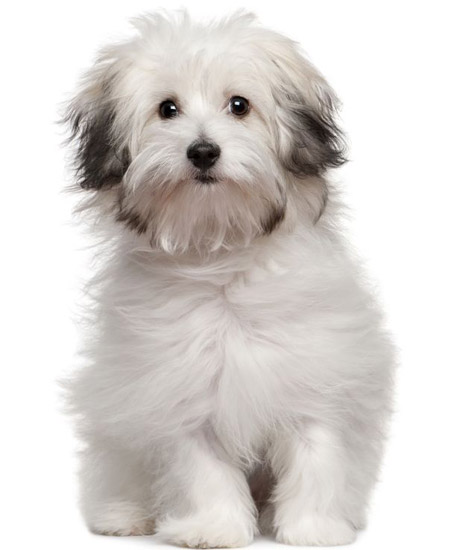
 Italy
Italy
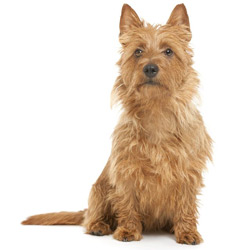
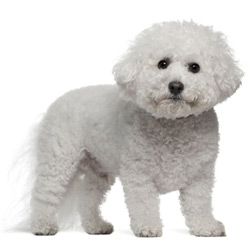
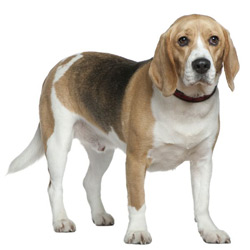
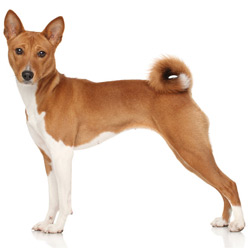
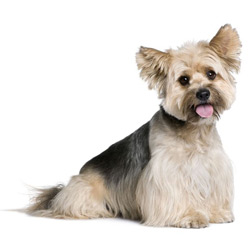
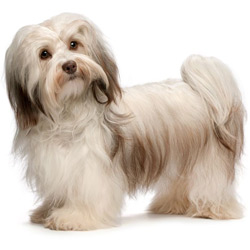
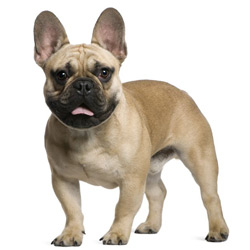
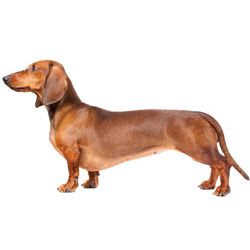
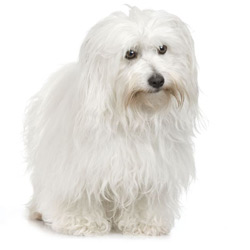
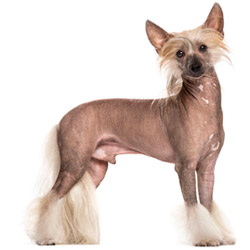
What do you think?